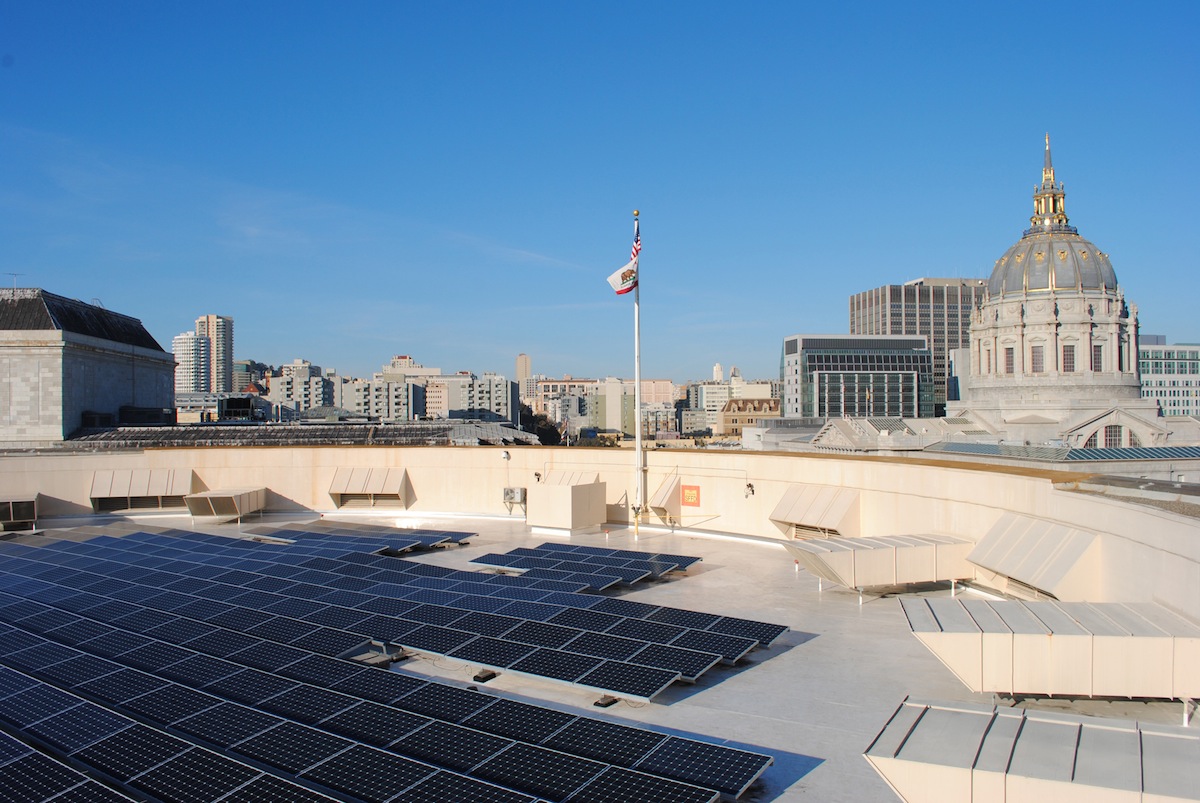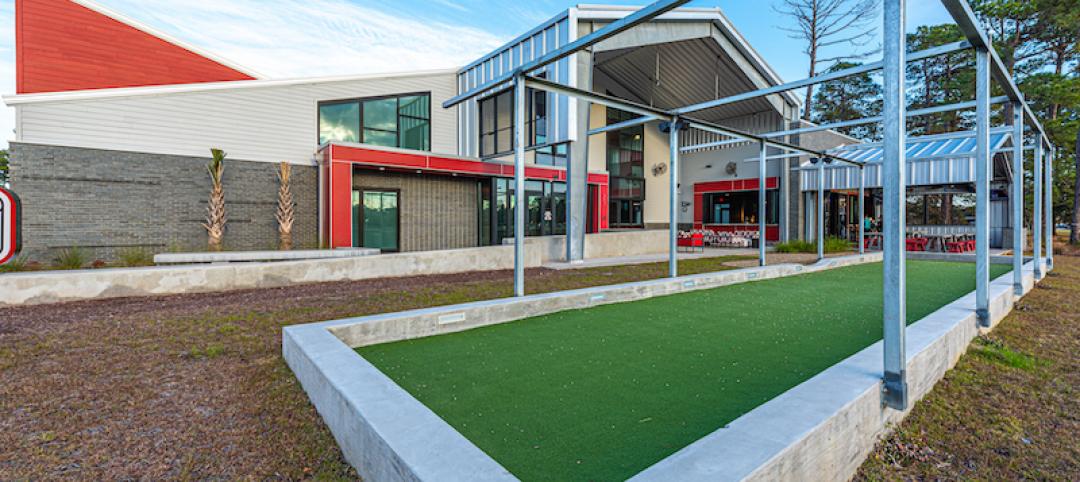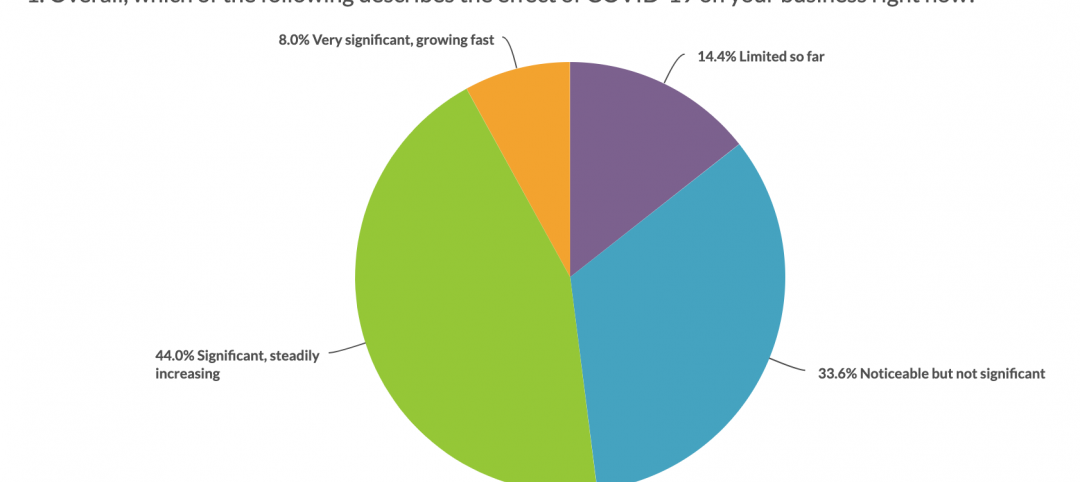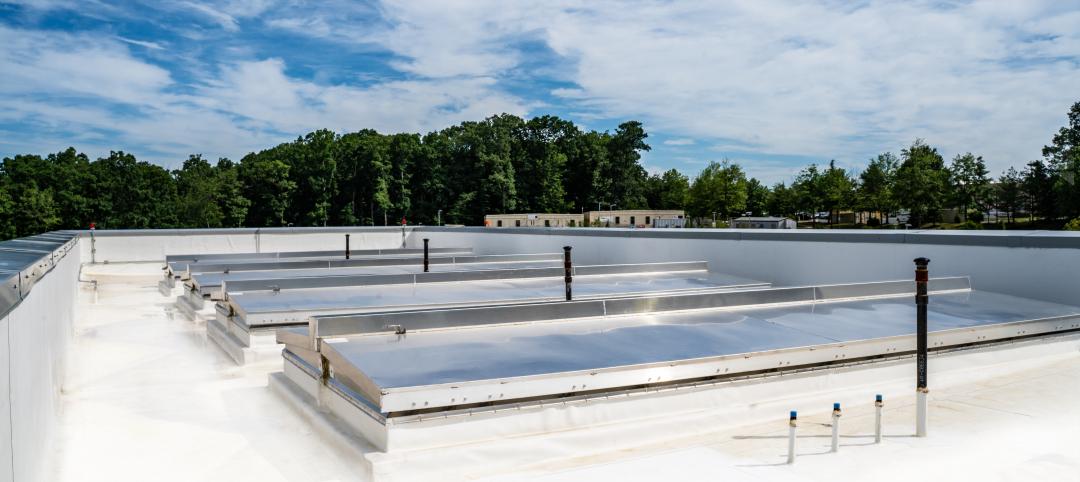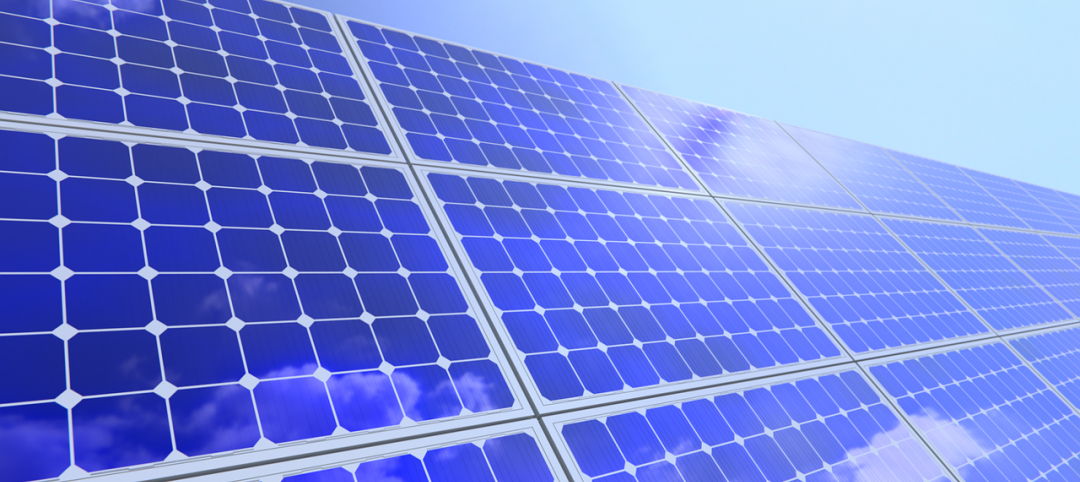San Francisco has long been known as a center for culture and the performing arts. Showcased by its War Memorial Opera House, considered the last Beaux Arts building constructed in the United States, this legacy continued with construction of the adjoining Louise M. Davies Symphony Hall. Opened in 1980 and renovated in 1992, its modern design was a collaboration of architects and acoustical engineers working in concert to create an intimate environment to enhance the music of the San Francisco Symphony and the beauty of the structure itself.
Recently, the San Francisco Public Utilities Commission (SFPUC) determined that installing a photovoltaic (PV) solar system on Davies Symphony Hall would benefit the people of San Francisco. The SFPUC retained engineering consultant AEPC of San Ramon, Calif., to design the PV solar system for the 25,000-sf roof.
In addition to AEPC, the project team for the roof revitalization and PV solar system installation included Technical Roof Services (TRS) of Concord, Calif., and Fidelity Roof Company of Oakland, a Duro-Last® Certified Elite Contractor.
Moisture Issues Necessitated New Game Plan
Initially, the installation of a rooftop solar energy system seemed to be straightforward. However, upon further inspection, significant moisture issues were discovered in the underlying roof insulation, contributing to deteriorating conditions in the 14-year-old tar and gravel roof.
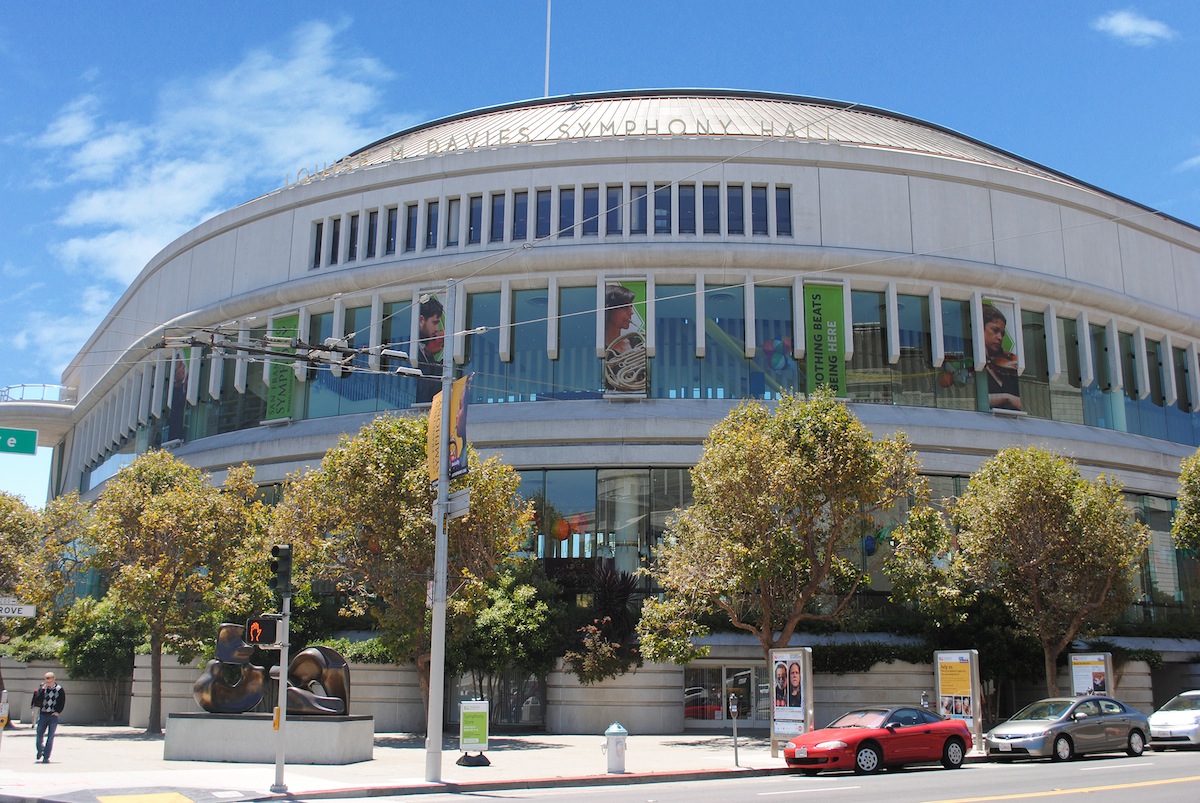
Davies Symphony Hall. Photo: Duro-Last Roofing
To further assess the roof’s condition, AEPC brought in Technical Roof Services (TRS) to conduct a more thorough evaluation. According to Venk Mani of AEPC, “We knew the roof had some leaks and wanted to correct any problem areas before the solar panels were installed. Our goal was to ensure that the roof could last the life of the solar array, or a minimum of 25 years.”
Presenting the Options to Ready Roof for PV Solar
Dregger presented the two available options to the SFPUC: either tear off the current roof and install a new one, or overlay the existing roof with a new membrane. After careful consideration, the SFPUC opted to re-cover the existing roof since replacing the old roof with a new one would take longer and interfere with the symphony’s rehearsal and performance schedule. After evaluating the available membrane alternatives, Dregger recommended a white 60 mil thick thermoplastic PVC roof system from Duro-Last Roofing.
Material Prefabrication Expedited Installation
Prefabrication was another advantage of the Duro-Last Roofing System. The membrane was prefabricated into 22 foot wide rolls, reducing the application time and on-site welding. In addition the penetration flashings, parapet wall membrane, membrane curbs, solar hold down boots and other related roof materials were all custom fabricated at the factory. This not only assured installation accuracy at changes in plane on the roof, such as projections, curbs, drains, perimeters and abutting walls, but of equal importance was Fidelity Roof Company’s ability to expedite the installation process and meet critical deadlines.
Location: San Francisco
Client: San Francisco Public Utilities Commission
Contractor: Fidelity Roof Company
To read the entire article, visit www.duro-last.com/marketing.
For more information:
Phone number: 800-248-0280
Fax number: 800.432.9331
E-mail: jbruzews@duro-last.com
Website: www.duro-last.com
Related Stories
Sponsored | BD+C University Course | Feb 17, 2022
Metal roofing trends
New ideas in design and constructability are radically changing how metal systems are used as roofing for commercial and institutional buildings. Behind the investment in these new kinds of expressions and construction approaches is a growing interest in improved performance and reduced environmental impact. Metal roofing systems can cut cooling and heating loads significantly, according to the EPA.
Sponsored | BD+C University Course | Jan 30, 2022
Optimized steel deck design
This course provides an overview of structural steel deck design and the ways to improve building performance and to reduce total-project costs.
Roofing | May 18, 2021
Duro-Last®, Inc. Oregon Facility Receives Prestigious VPP Star Site Renewal and Safety Committee Recognition
Duro-Last, Inc. is pleased to announce that its Grants Pass, Oregon manufacturing facility recently received a renewal on their Star Site status from the Occupational Safety & Health Organization’s (OSHA) Voluntary Protection Program (VPP), earning an exemplary “A+” rating. Originally awarded Star Site status in 2016, this renewal reinforces Duro-Last’s continued commitment to the highest standards of workplace safety.
Sponsored | Roofing | Nov 10, 2020
Weathering the cold: How to protect metal roof panels in cold climates
Coronavirus | Apr 8, 2020
COVID-19 alert: Most U.S. roofing contractors hit by coronavirus, says NRCA
NRCA survey shows 52% of roofing contractor said COVID-19 pandemic was having a significant or very significant impact on their businesses.
Building Technology | Jan 7, 2020
Tariff whiplash for bifacial solar modules
Bifacial solar systems offer many advantages over traditional systems.
75 Top Building Products | Dec 16, 2019
101 Top Products for 2019
Building Design+Construction readers and editors select their top building products for the past 12 months in the fourth-annual 101 Top Products report.


